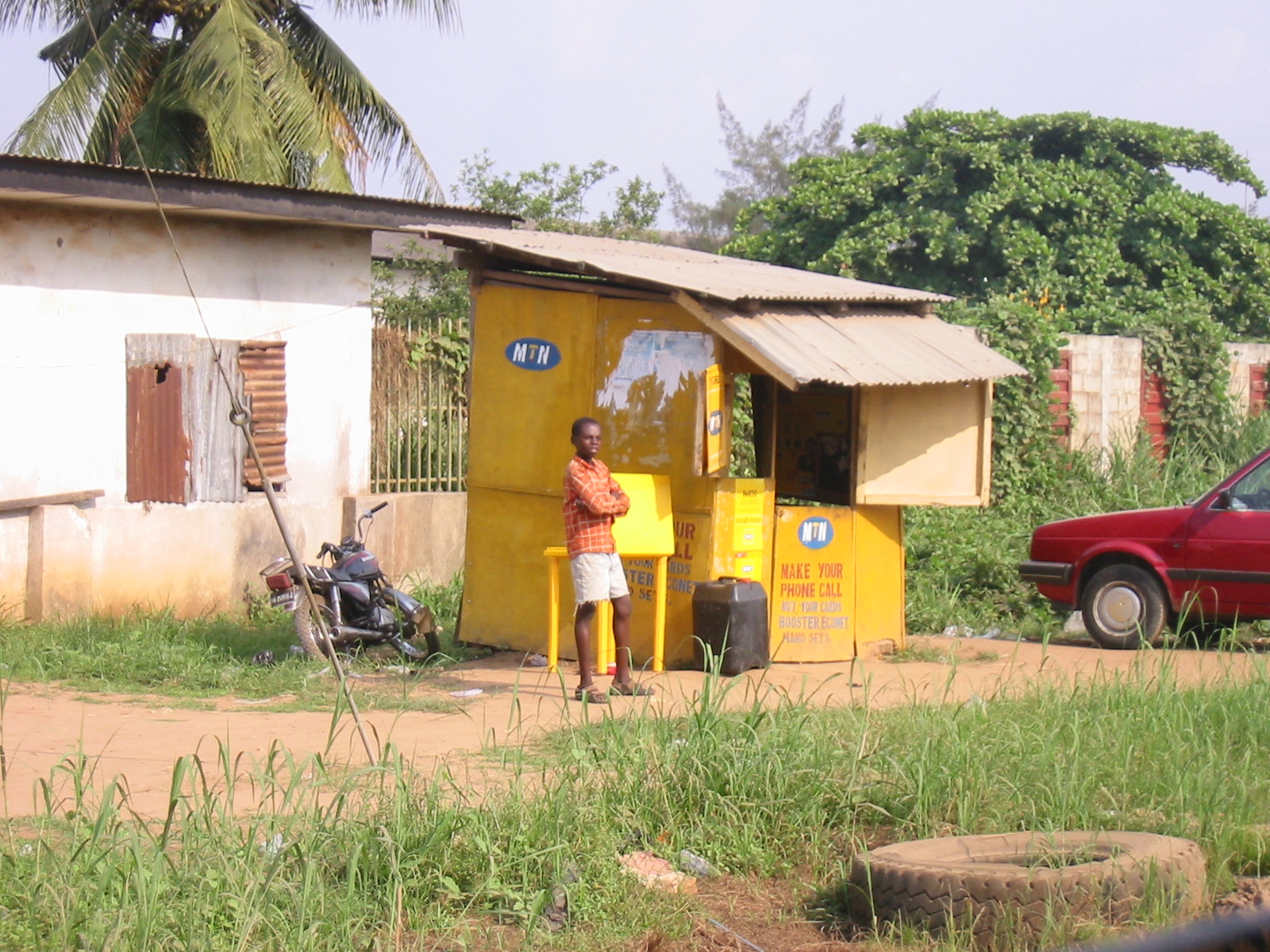Telephones: Growing numbers, groaning subscribers
If there is anything that excites telecommunications operators in the country, it is the continuous expansion of the nation’s subscriber base.
Since the advent of digital mobile telecommunications in the country in August 2001, the subscriber figure has continued to grow, putting the nation on the list of the International Telecommunications Union as one of the fastest growing markets in the world.
The number has continued to grow. It does not only reflect in the number of subscribers but also in the revenue profile and profitability of the operations. Operators are also quick to add that the investment profile of the industry has also continued to show unparalleled growth.
Incidentally, as the size of subscribers continues to show in numbers, the frustration of subscribers is also showing on the numbers. A look at the industry statistics shows that subscribers have been registering their lack of satisfaction in the number of discarded lines.
As at January 31, 2011, a total of 24.79 million lines connected to Nigerian telecommunications networks had been rendered inactive.
Statistics obtained from industry regulatory agency, the Nigerian Communications Commission, by our correspondent showed that a total of 114.63m lines had been connected as at the end of January.
This showed some modest increase from the number of lines connected by December 31, 2010 which stood at 111.52 million lines.
However, the total number of active lines, including mobile and fixed lines, by the end of January stood at 89.84 million. This means that a total of 24.79 million lines or 27.59 per cent were inactive.
Based on the total number of active lines by the end of January, the nation’s tele-density rose from 63.11 per cent in December 2010 to 64.17 per cent. This shows a gain of about one per cent within a period of one month.
Tele-density measures the number of telephones in use for every 100 members of the population. Ideally, it measures the percentage of the population that has telephone lines. The current index is based on a population of 140 million.
However, the incidence of multiple subscriptions in the Nigerian telecommunications industry has rendered this index ineffective.
In segmented terms, the number of connected GSM lines by the end of January stood at 96,547,864 lines while the active lines stood at 82,618,510. This puts the number of inactive lines at 13,929,354 or 16 per cent.
The number of connected mobile lines offered by Code Division Multiple Access operators stood at 12,338,686 while active lines stood at 6,186,442. This shows that the inactive lines are 99.45 per cent.
Fixed lines showed the highest number of inactive lines. While a total of 2,741,983 were connected, 1,035,391 were active. This shows an inactive rate of 164.83 per cent.
One of the major factors that account for the high rate of inactivity in lines or churning is the poor services.
Many subscribers, who have been frustrated by the poor quality of services rendered by the operators, find it more convenient to abandon their lines rather than carry telephones that do not work when they need service desperately. They could switch to another service provider.
General Manager, Corporate Communications, MTN Nigeria Communications Limited, Mrs. Funmi Omogbenigun, said poor service in a network could quickly spill into another.
She said, “The entire industry suffers from limited capacity — especially in an increasingly discounted tariff regime. Operators in Nigeria still need to consistently build capacity to achieve acceptable quality of service across all the networks.
“There is still heavy reliance on mobile phones for communications in the absence of a vibrant landline infrastructure.”
Omogbenigun said because demand for services outstripped available capacity, the quality of services provided often degenerated, adding that the entire industry needed to put in a lot of money to enhance quality of service.
According to her, because networks are interconnected when one network experiences hitches, others are affected, as subscribers pick up their lines in other networks to make calls.
The unexpected influx of traffic created challenge for the alternate network, she added.
She said, “MTN is concerned about quality of service because the network loses money when people have difficulties making calls. This is why the company’s engineers work night and day to ensure acceptable quality of service. Many of them are summoned to work at night to rectify faults that compromise quality of service.
“MTN is pumping $1bn into network enhancement and expansion in 2011 alone. This represents 70 per cent of capital expenditure allocation for the West and Central Africa region of the MTN Group.”
She added, “The United Kingdom has a population of roughly 62 million and a land mass that is perhaps a quarter of Nigeria’s. UK has 66,000 base stations, despite having a robust fixed line infrastructure. Nigeria has a population of 150 million and practically non-existent fixed network infrastructure, yet all the base stations owned by all the operators put together are only about 15,000.
“This is not to underplay the steady growth recorded in Nigeria’s telecom industry so far. In fact, the industry has achieved in 10 years what it took Europe 50 years to achieve. Nigeria is often cited as one of the fastest growing telecom markets in the world.”
She added that with new investments in submarine cables and optic fibre networks by several telecommunications operators, subscribers would witness improved services.
Source : Punch







